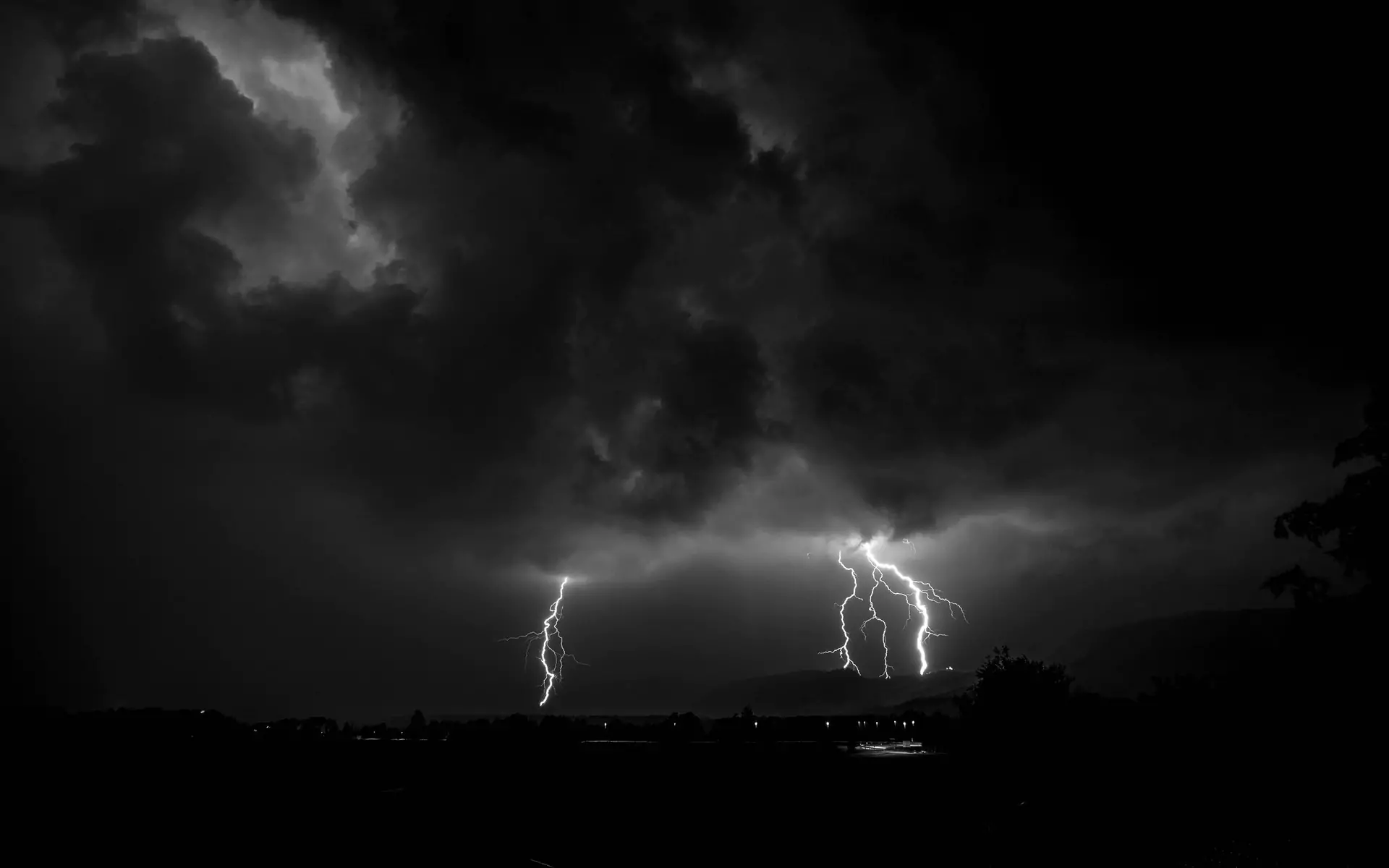The heat of the sun, the Earth's atmosphere, the tilt of the Earth on its axis, and the Earth's rotation combine to form a complex, interdependent system. It produces the rising and falling of large air masses and the creation of cyclonic flows. We observe these massive movements of air as wind.
There are three global wind flows produced by the heating of the sun. But there are several other smaller-scale winds that have an impact on weather.
Monsoon winds occur in several parts of the world. The strongest monsoon occurs in India. During the winter, strong high pressure forms in the air over Siberia due to the sinking of extremely cold air. Outflow from this high pressure produces winds that blow toward the southeast over India and out to sea. These winds generally dissipate clouds and rain.
In the summer, the Siberian high weakens dramatically and low pressure forms over northern India. This place of low pressure pulls warm, moist air from the Indian Ocean, producing heavy rain. Indian agriculture counts on this rhythm of the monsoon winds. Monsoon rains are anxiously anticipated. Failed monsoons result in high prices for produce and hunger for many.
Another type of local wind is the sea breeze. As you might expect, sea breezes occur in coastal areas. During sunny days, the land heats up more quickly than the water. The warm air over land rises and is replaced by air from above the cooler sea water. At night, the process reverses. The land cools more quickly than the water. Warm air continues rising over water, the cooler air over land rushes seaward to fill the gap, and a land breeze results. Sea and land breezes are strongest during spring and summer.
There are a few other famous winds just about the world. Wind blowing over a mountain sinks when it reaches the other side. The compression caused by this sinking action creates a warm wind that can melt snow. On the east side of the Rocky Mountains this wind is called the chinook. In Switzerland, it's known as the foehn.
